Our Story
PGB-1 is our response to the current landscape of entry-level hardware synthesizers and groove boxes. In recent years, we saw a plethora of new electronic instruments marketed as accessible, affordable, and designed for beginners. Yet, often these instruments can feel limited, tying users to a specific sound or ecosystem. These limits sometimes feel artificial, pushing you to combine multiple products of the same line to actually make meaningful music. At the same time leading to frustrating sequencing, connection, and mixing issues that defeat the portability and playfulness of the instruments.
With the PGB-1, we want to address all these shortcomings, bringing you an instrument that is:
- All-in-one: you only need one device to craft complete music pieces
- Powerful: Drums, bass, lead, samples, etc. with advanced sequencing features
- Truly pocket-size: 10 x 6.6 x 1.5 cm, smaller footprint than a smartphone
- Hackable: Designed for customization, open-source firmware, and compatible with several programming languages (including Python)
We believe creativity should not be limited by the tools you have, but empowered by them. With the PGB-1, we are dedicated to creating a platform that encourages innovation and experimentation. Whether you are a musician looking to explore new sounds, a developer eager to create unique software, or a hobbyist who enjoys tweaking and building.
Hacking and Customization
PGB-1 is designed to be customized and modified to your taste. The front panel is a bare PCB, designed with the open-source software Kicad. The production file will be available so that anyone can make its own version with custom graphics and get it manufactured for a few bucks.
PGB-1 is also hackable with CircuitPython, C\C++, and Ada support for programming your own synthesizers, video games, or any audio-based projects.
 Fabien-Chouteau
Fabien-Chouteau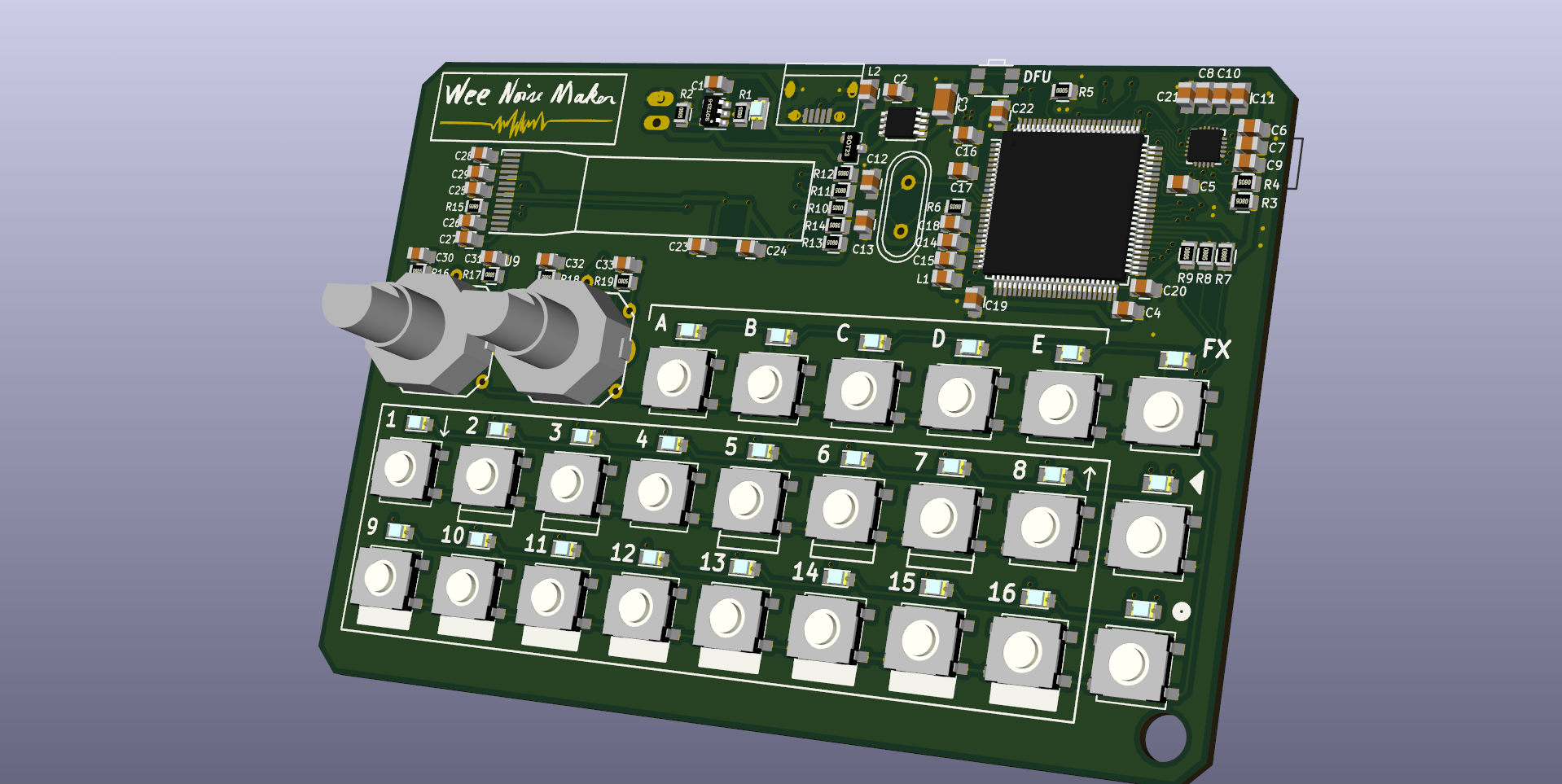

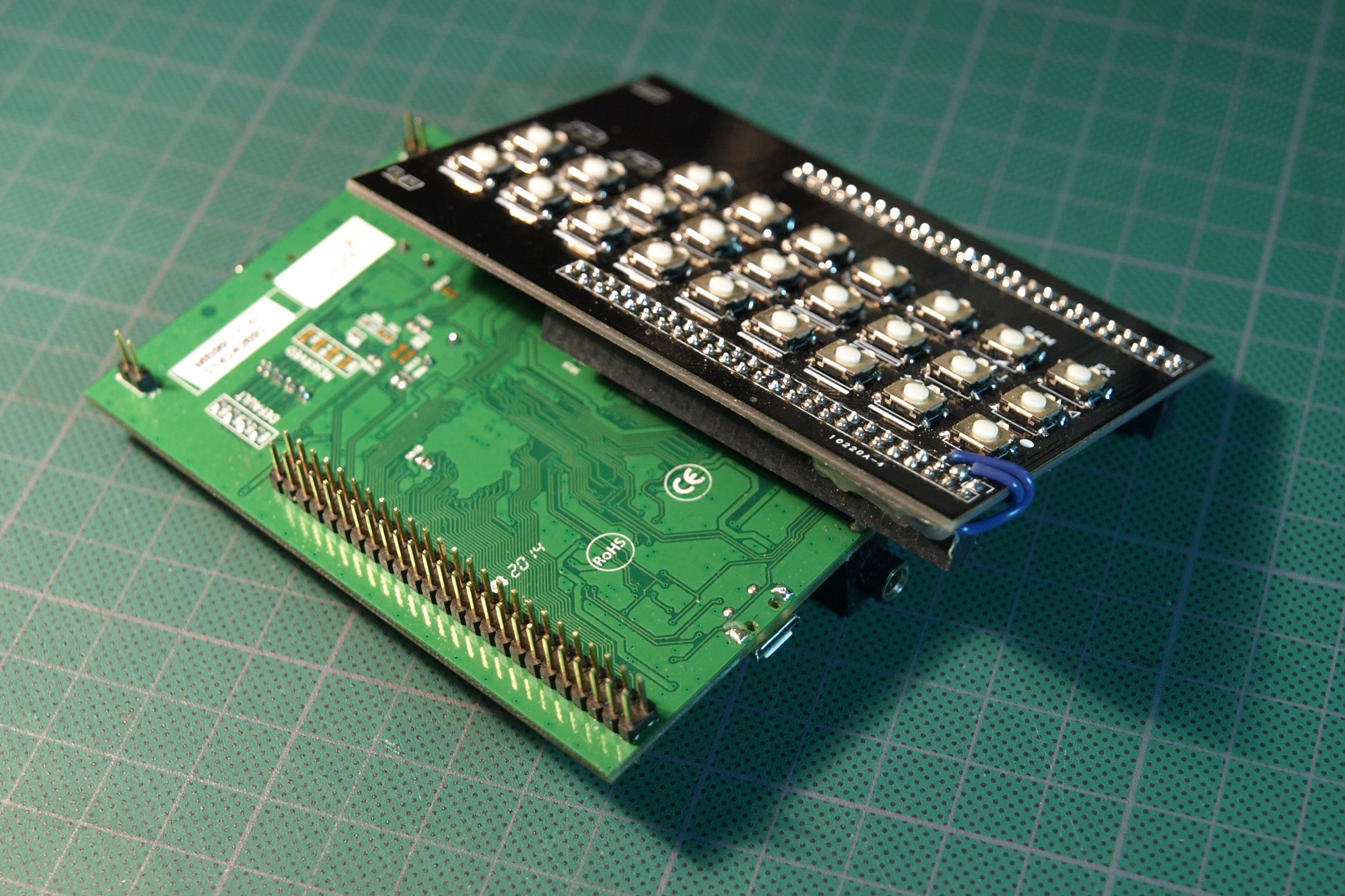




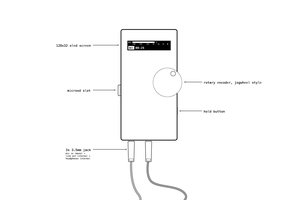
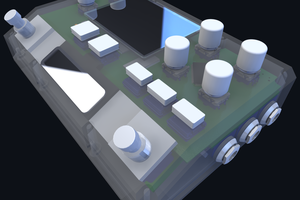
 Ale
Ale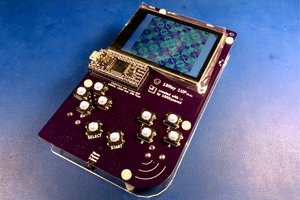
 Piotr Esden-Tempski
Piotr Esden-Tempski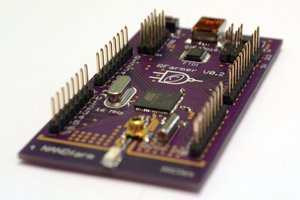
 Radu Constantin
Radu Constantin
Where are the PCB files located?
EDIT - I'd love to back the project, I've backed over 100 Kickstarter small hardware projects under this username. But I was hospitalized for 2 months and am working on learning how to walk again and get my strength back and am on disability but this thing looks perfect to help with the mind numbing boredom so I'd like to try to make my own.